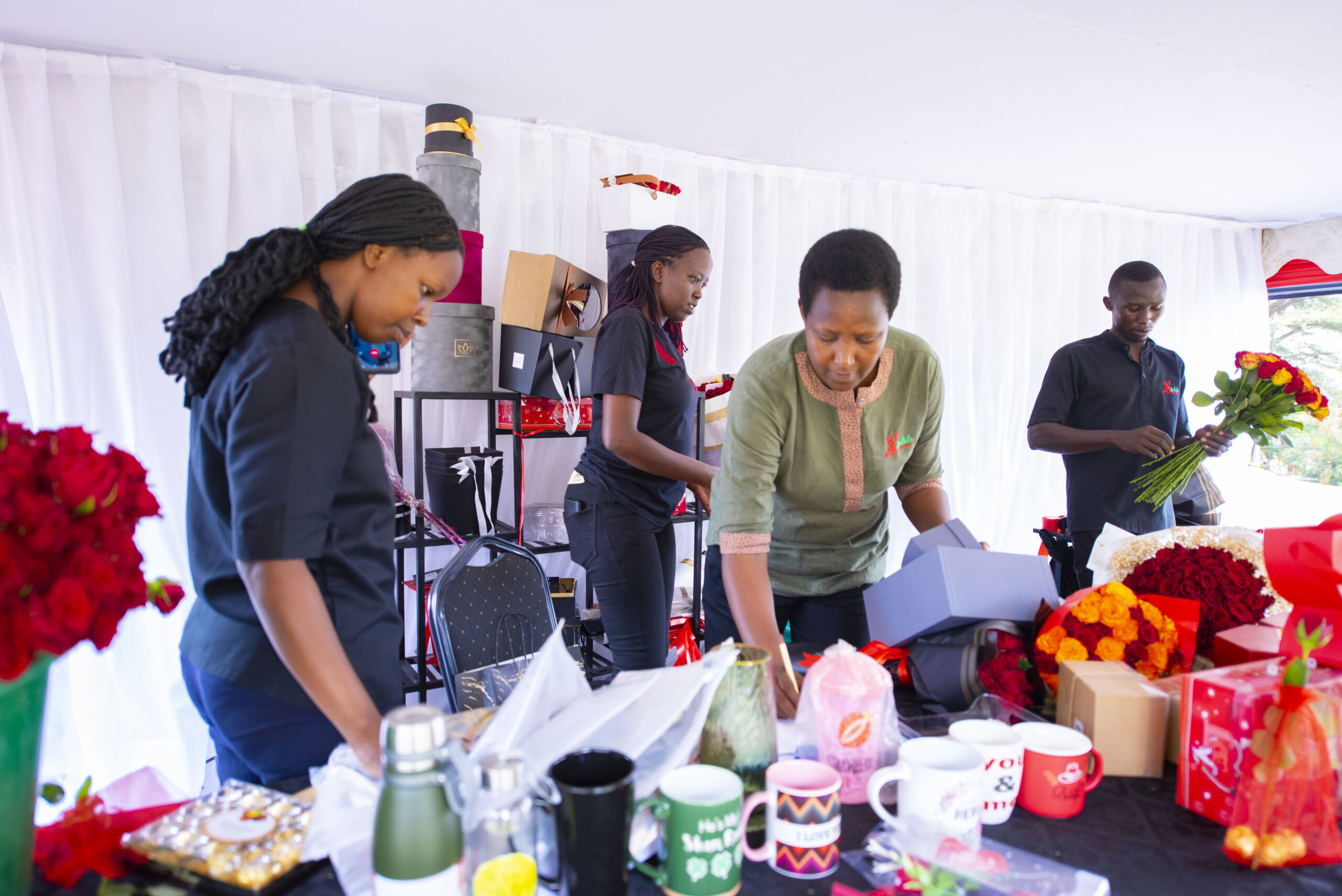
Valentines’ Day 2024
It is Valentine’s day, popularly known as love day where many send and expect gifts in the name of love to their partner.
Before you buy that flower or gift you might want to hit pause to consider the meaning behind traditional Valentine’s Day colors like red, white, and pink.
Floriography is a concept dating back to 19th century in England where the color of flowers you sent to your special someone would convey your true feelings.
The blooms that were given or worn sent coded messages ranging from love and adoration to innocence and modesty.
What are the Valentine’s Day colors?
Valentine’s Day colors traditionally include shades of red, pink, and white.

These colors symbolize love, passion, tenderness, and purity. However, there isn’t a specific set of colors designated for Valentine’s Day each year.
People often choose colors based on personal preference or cultural significance. Red, pink, and white remain popular choices for decorations, gifts, and attire on Valentine’s Day, but there are no official or specific colors designated for any particular year.
Of course, bouquets aren’t the only way to express how you feel this Valentine’s Day. The colors of your V-Day décor, outfit or gifts or cards can also send messages to your loved ones.
Find the true meaning behind your favorite Valentine’s Day colors.
Red
According to the Society of American Florists, red roses are the most popular flowers for Valentine’s Day. Red is the symbol of love, romance, and desire.
This makes it the ideal color for a day with that special someone. Furthermore, in Indian and Chinese cultures, red is connected with luck and marriage, and it’s also the preferred bridal attire for weddings.
In a more literal sense, red is the color of blood that pumps through our hearts, which represents love and passion and romance.
White

On a lighter note, white roses are common during Valentine’s Day. Giving your partner these snow-colored florals shows your love is pure, and since it’s a popular choice for Western weddings, it becomes a religious interpretation of eternal love, too.
Red and White together
According to Elle décor the colors red and white are frequently side by side for Valentine’s Day. This striking color combination represents unity. No matter how long you’ve been with your person, it never hurts to have a reminder through a multicolored bouquet or dessert that you’re in this together.
Pink not everything about Valentine’s Day has to be so intense. Pink conveys the playfulness of young love or nonromantic compassion and kindness. On top of that, remember that roses aren’t the only flowers available, consider snagging pink ones.
In addition to the traditional Valentine’s Day colors of red, pink, and white, people often incorporate other colors to express various sentiments or to personalize their celebrations. Some additional colors that are commonly used for Valentine’s Day include:
Purple which symbolizes royalty, luxury, and elegance. It can add a sophisticated touch to Valentine’s Day decorations and gifts.
Gold signifies warmth, luxury, and affection. It can be used to add a touch of glamour and richness to Valentine’s Day gifts or decorations.
Silver: Silver represents grace, sophistication, and modernity. It can complement other Valentine’s Day colors and add a contemporary flair to decorations and gifts.
Lavender: Lavender is a softer shade of purple that symbolizes calmness, tranquility, and grace. It can be used to create a soothing and romantic atmosphere for Valentine’s Day celebrations.
Yellow: Yellow symbolizes happiness, joy, and friendship. It can be incorporated into Valentine’s Day decorations and gifts to express warmth and positivity.

Orange: Orange represents enthusiasm, energy, and excitement. It can add a vibrant and playful touch to Valentine’s Day celebrations.
Blue: While not as commonly associated with Valentine’s Day, shades of blue can convey feelings of serenity, trust, and stability. Lighter shades of blue can be used to create a serene and peaceful atmosphere for Valentine’s Day celebrations.
Ultimately, the choice of colors for Valentine’s Day depends on personal preferences and the desired mood or theme of the celebration. People often mix and match different colors to create unique and memorable experiences for their loved ones.
All Photos by Eric Ruzindana

